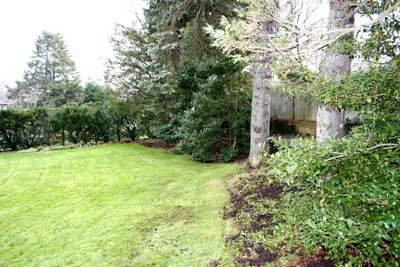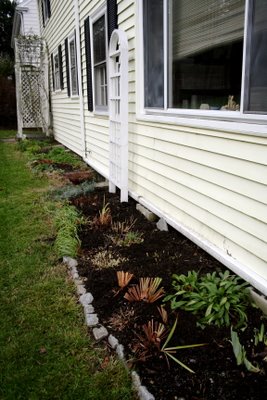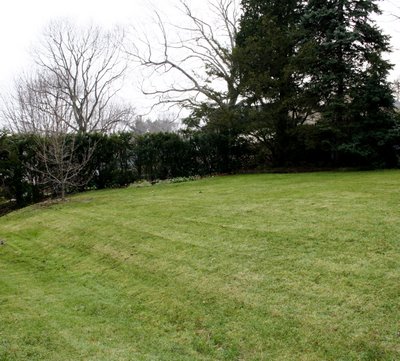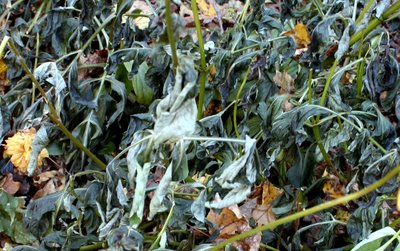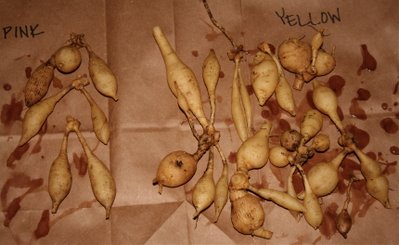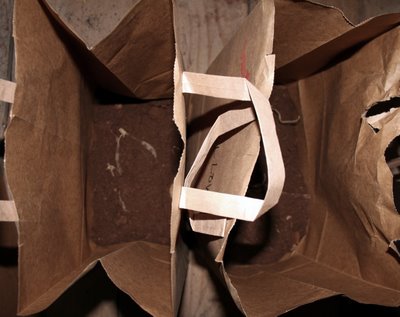With the shortening of days, overcast skies, and tumbling temperatures, fall gardening often receives short shrift. Who wants to be outside in that weather scrubbing pots, rolling up hoses, and raking rotten foliage? I do. Personally, I find that the physicality of these tasks steers me away from seasonal gloom. Not quite as pleasurable as ironing, perhaps, but putting the yard in order does bring deep satisfaction.
Among my activities this weekend was tying up wayward rose canes. On windy days, they have been flailing like attenuated green octopus tentacles. No suckers but watch out for thorns! Even though climbers bloom on last year's wood, I did have to prune back just in order to create canes with which I could work. The laterals also were trimmed back to a few inches. Then, movable canes were tied to the trellis.

Other tasks that were accomplished: raking leaves, clawing in bonemeal around the peonies, and cutting down dead foliage.
Putting a garden to bed is slightly melancholic task. It's all about life being over--or, more accurately, one moment in life being over. Even if you don't change a single plant between one year and the next, the garden itself will evolve: some plants will increase and other will fade away. Any garden is lived solely in the experienced moment . . . irretrievable, unrecreatable . . .
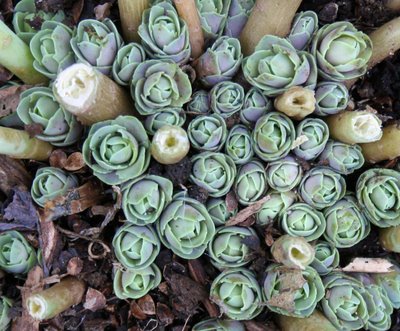
So maybe that's part of my pleasure in working in the garden in late November. That, and the tiny knotted promises for next spring.
